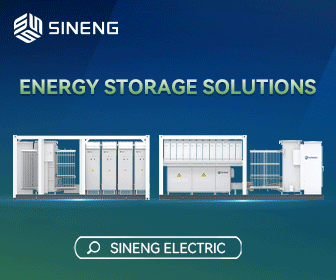TEP Ranks Among Nation's Top Utilities for Expanding Energy Storage
Tucson Electric Power (TEP) has developed energy storage systems at a scale that ranks among the utility industry's leaders, according to a report released by the Smart Electric Power Alliance (SEPA).
TEP was ranked second in the nation for per-capita additions to its energy storage resources in 2017 with 50 watts per customer. SEPA also ranked TEP third in the nation for new energy storage capacity for adding 21 megawatts (MW) of battery storage systems to its local electric grid.
"Energy storage systems are among the technologies we're using to build a stronger, cleaner and more reliable electric system for our customers," said David G. Hutchens, TEP's President and Chief Executive Officer. "We will need both storage and advanced, flexible generating systems to maintain reliable service as we expand our use of renewable resources."
Energy storage systems can boost power output levels quickly to help maintain the required balance between energy demand and supply. They also can be used to store the output of wind and solar power systems for use during periods of high demand, adding versatility but also cost to renewable resources.
TEP also is participating in a research and development project with Chicago-based IHI, Inc. Energy Storage (IHI), which completed a 1-MW lithium ion energy storage system at the site of TEP's Prairie Fire Solar Array, a 5-MW system located near Interstate 10 and East Valencia Road. The IHI system is charged with energy generated by TEP's solar array.
Additionally, TEP also announced plans for a new 30-MW battery storage system that will be paired with a 100-MW solar array. Both systems are scheduled to come online by 2019.
TEP is working to deliver at least 30 percent of its power from renewable resources by 2030, doubling the state's 2025 goal. TEP anticipates adding an additional 800 MW of new renewable capacity, boosting its total renewable energy portfolio to approximately 1,200 MW. Nearly 13 percent of TEP's power came from renewables last year, well above Arizona's 7 percent requirement for 2017.
TEP | tep.com









